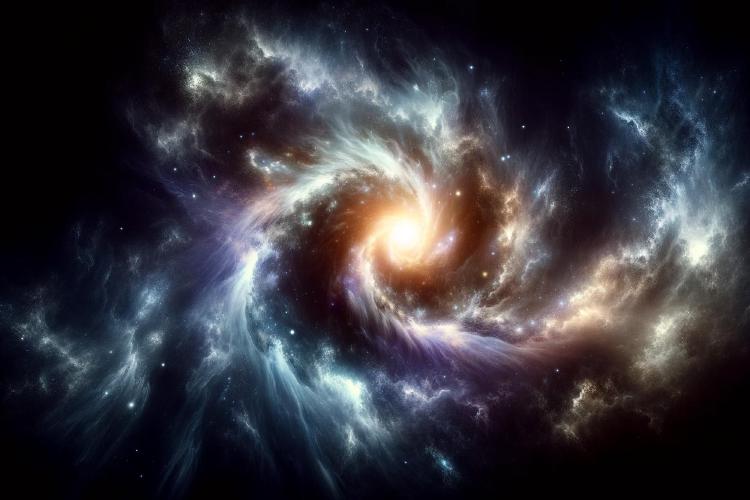Webb's Historic Discovery: The Farthest Active Supermassive Black Hole Ever Found
Discovery of supermassive black hole responsible for brightness in galaxy GN-z11 during early universe stages.
- Bilawal Riaz
- 2 min read

Researchers using data from NASA’s James Webb Space Telescope have discovered that a supermassive black hole is responsible for the brightness of galaxy GN-z11, which existed when the universe was just 43 million years old. They also found evidence of pristine gas and potentially the first stars in its vicinity. This discovery provides significant insights into cosmic evolution during the early stages of the universe. Subsection: Discovering a supermassive black hole The researchers found extremely dense gas, common in the vicinity of accreting supermassive black holes. They also discovered indications of ionized chemical elements typically observed near accreting supermassive black holes, as well as a very powerful wind being expelled by the galaxy. Subsection: Evidence for Pristine Gas and Potentially the First Stars The team used Webb’s NIRCam (Near-Infrared Camera) to reveal an extended component, tracing the host galaxy, and a central, compact source whose colors are consistent with those of an accretion disk surrounding a black hole. Together, this evidence shows that GN-z11 hosts a 2-million-solar-mass supermassive black hole in a very active phase of consuming matter, which is why it’s so luminous. Subsection: Searching for Population III Stars A second team, also led by Maiolino of the Cavendish Laboratory and the Kavli Institute of Cosmology at the University of Cambridge in the United Kingdom, used Webb’s NIRSpec (Near-Infrared Spectrograph) to find a gaseous clump of helium in the halo surrounding GN-z11. “The fact that we don’t see anything else beyond helium suggests that this clump must be fairly pristine,” said investigator Roberto Maiolino of the Cavendish Laboratory and the Kavli Institute. “This is something that was expected by theory and simulations in the vicinity of particularly massive galaxies from these epochs — that there should be pockets of pristine gas surviving in the halo, and these may collapse and form Population III star clusters.” Researchers are now planning to explore GN-z11 in greater depth, in the hope that they can strengthen the case for potentially observing the first stars forming within its vicinity.